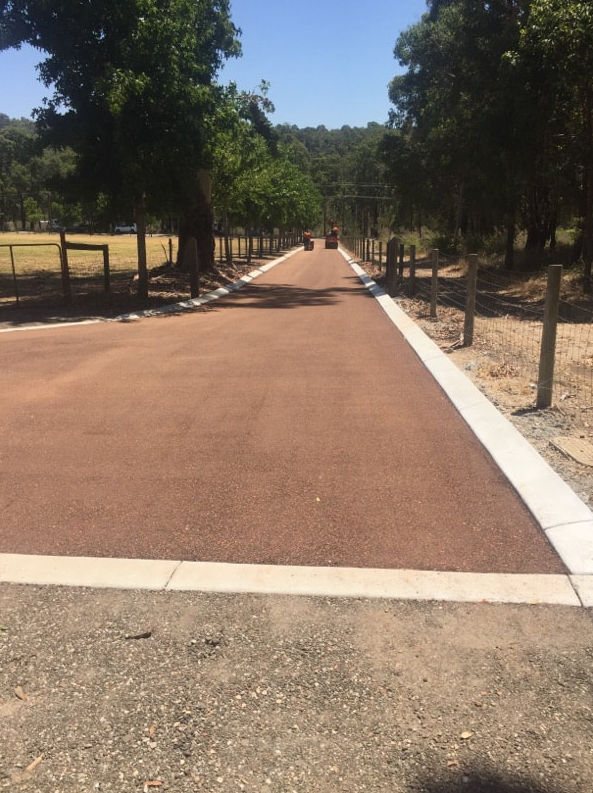When it comes to constructing durable roads, driveways, car parks, or hardstands, the importance of the underlying layers is often underestimated. At Campbellfield Road Tech, we understand that quality surface work in Campbellfield, VIC starts with a strong foundation — and that’s where road base plays a vital role.
Understanding Road Base
Road base is a compacted layer of material that sits beneath the asphalt or bitumen surface. It provides a stable, load-bearing platform that supports the upper layers and ensures long-term performance under both light and heavy traffic.
Road base typically consists of:
- Crushed rock
- Recycled concrete
- Fine aggregates
- Blended materials to a specified grading
Each component is chosen for strength, stability, and its ability to bind well under compaction.
Why Is Road Base So Important?
Structural Support
A well-laid road base distributes the load from vehicles and machinery evenly across the ground. Without this layer, the surface above would be prone to movement, cracking, or subsidence.
Drainage and Moisture Control
Good road base includes materials that allow water to drain away rather than accumulate underneath the surface. Moisture build-up leads to weakening of the subgrade and ultimately causes potholes and rutting.
Surface Longevity
Without a solid road base, even high-quality asphalt or bitumen surfacing will deteriorate faster. A properly compacted and graded base extends the lifespan of the surface significantly.
Stability on Varied Ground Conditions
In areas with poor soil or varied terrain, road base acts as a buffer, preventing shifting, erosion, or settlement over time.
Types of Road Base Used
Different projects require different specifications of road base. At Campbellfield Road Tech, we select materials based on usage, expected load, and ground conditions in Campbellfield, VIC.
- Type A – Crushed rock or blended natural material for high-performance applications
- Type B – Typically used in less demanding situations or where cost-effective solutions are suitable
- Recycled Road Base – An eco-conscious choice that combines performance with sustainability
Key Steps in Road Base Installation
To ensure long-lasting surfacing results, the road base must be installed with precision.
Site Preparation
The area is cleared of vegetation, debris, and any unsuitable soils. This ensures the base is laid over solid ground.
Layered Application
Road base is applied in layers, usually between 100 mm to 200 mm thick, depending on the project requirements. Each layer is spread evenly before being compacted.
Compaction
Using rollers or mechanical compactors, the base is compressed to a dense, firm surface. Proper compaction prevents movement and ensures maximum load-bearing performance.
Grading and Levelling
The final surface of the base is shaped to the desired gradient, ensuring both structural integrity and effective water runoff.
Consequences of Skipping or Poorly Installing Road Base
- Early cracking or surface failure
- Poor drainage leading to washouts or potholes
- Unstable load-bearing capacity
- Premature need for resurfacing
- Unsafe driving or operational conditions
Conclusion
Whether it’s a rural access road, industrial yard, or residential driveway, the success of any surfacing project relies heavily on what’s underneath. A well-prepared road base ensures your surface stays intact, performs under pressure, and resists environmental wear over time.
At Campbellfield Road Tech, we bring years of experience delivering expertly constructed road base layers in Campbellfield, VIC. For surfacing that stands the test of time, trust our team to provide the foundation your project needs.
Call us on: 03 9068 7895
Click here to find out more about Campbellfield Road Tech
Click here to complete our contact form and see how we can help with your driveway needs.

